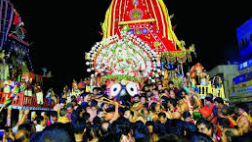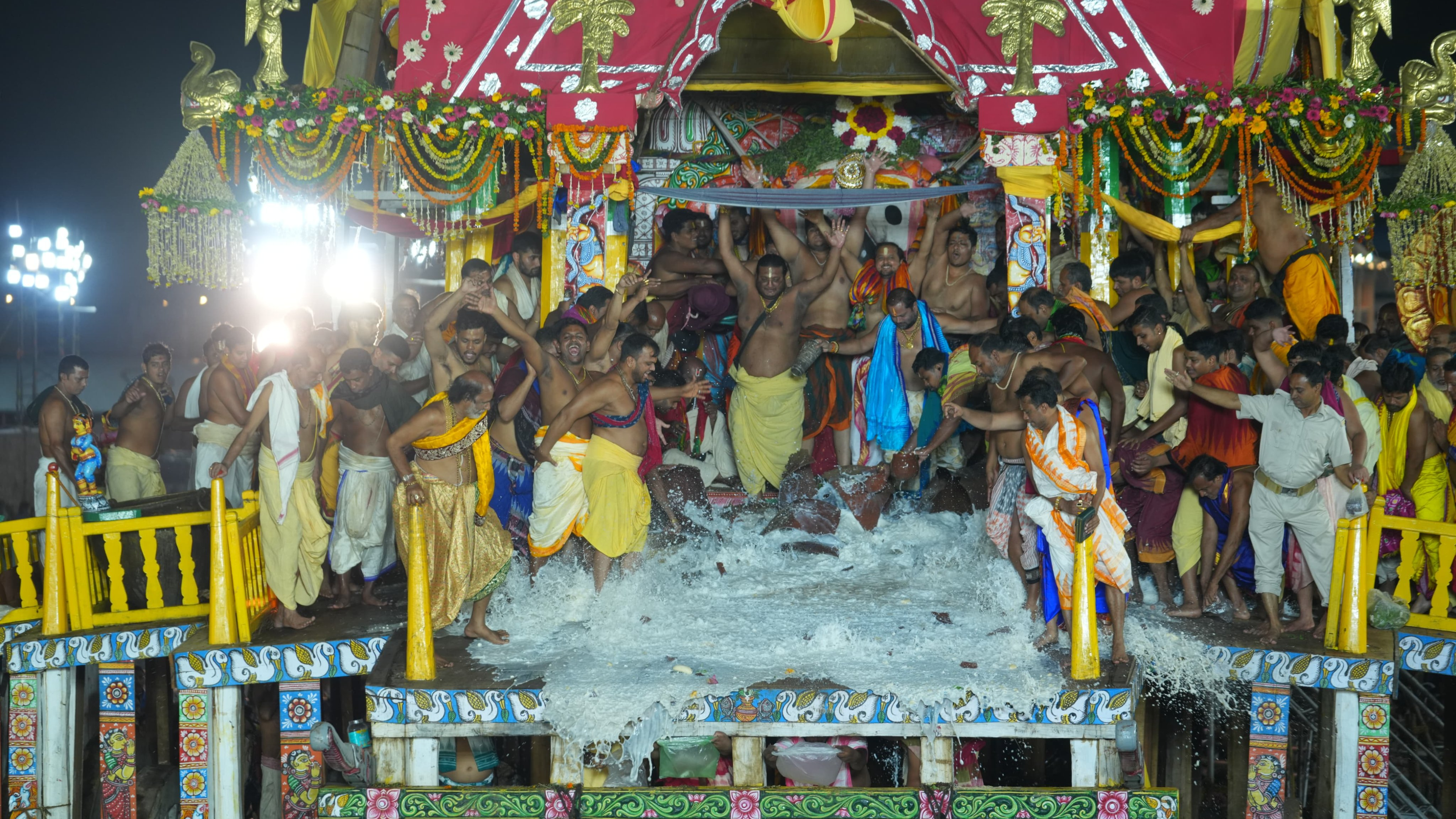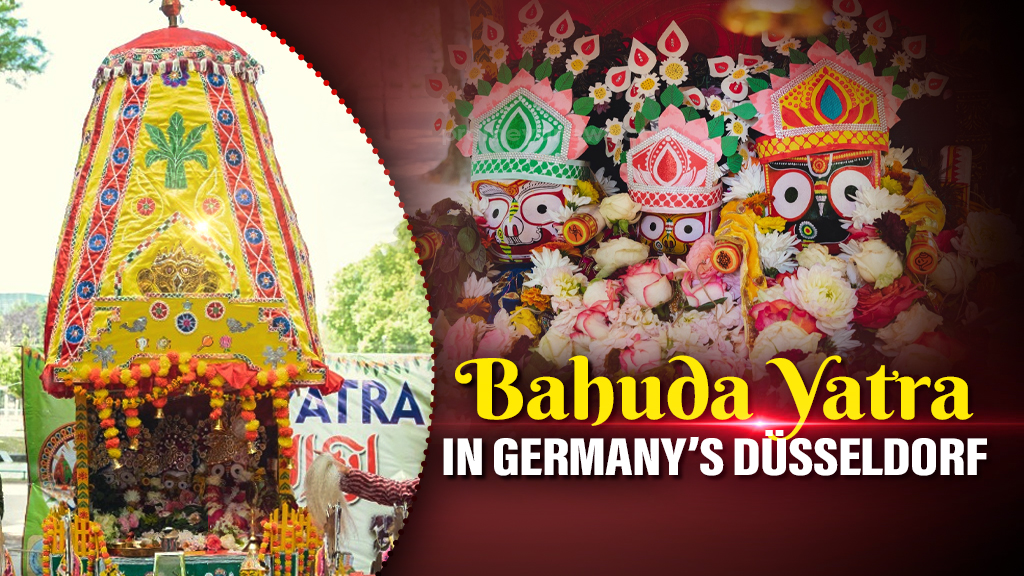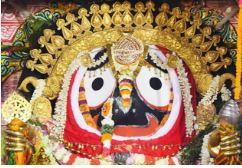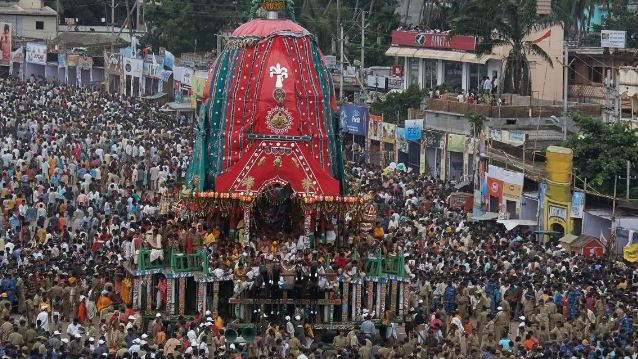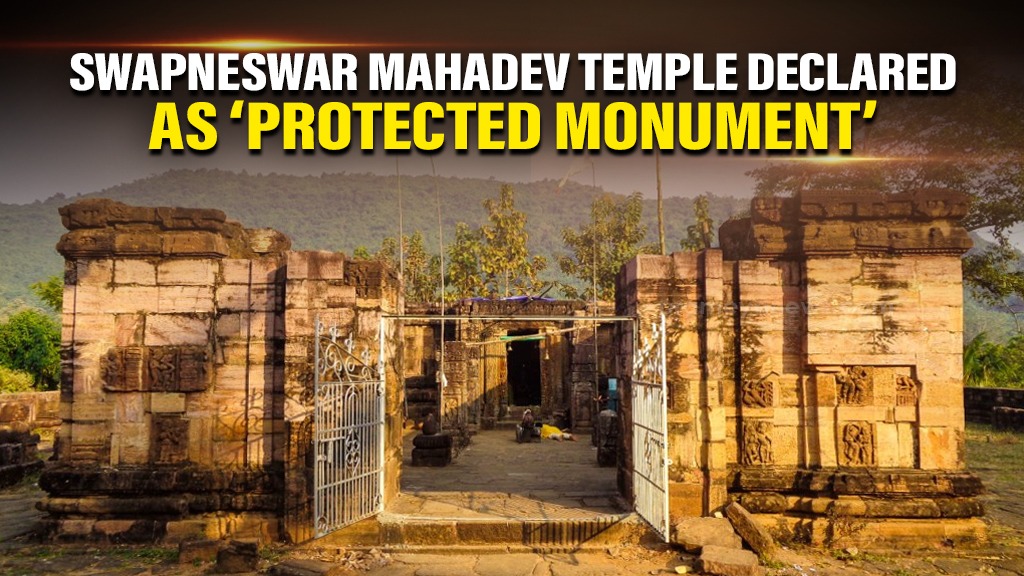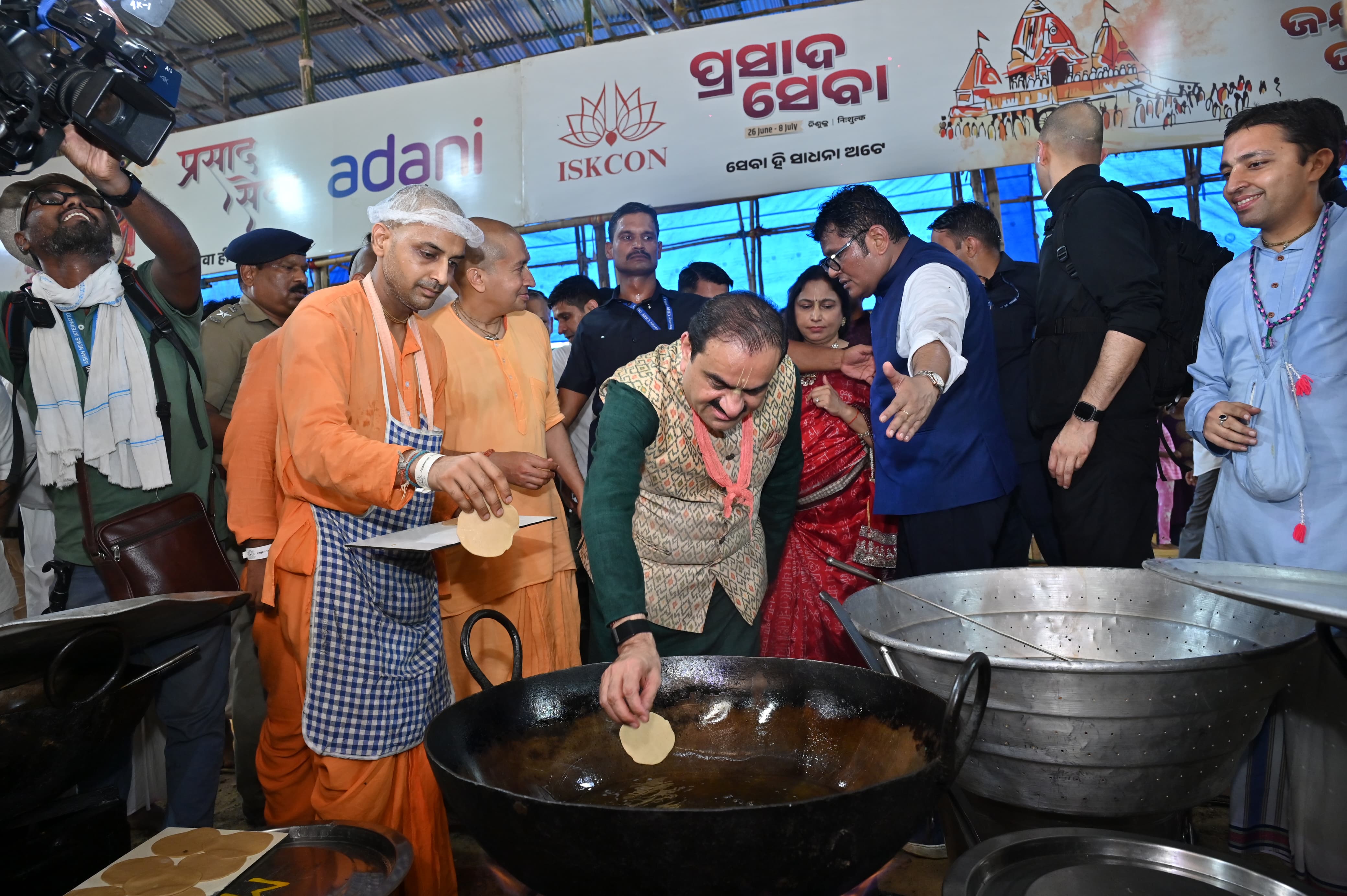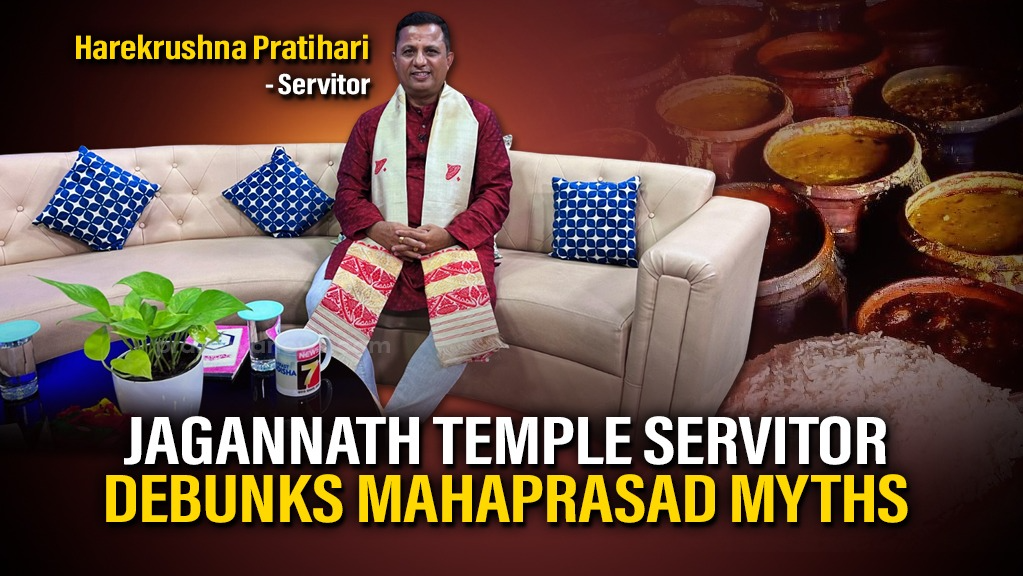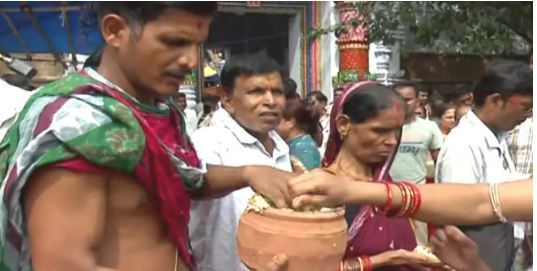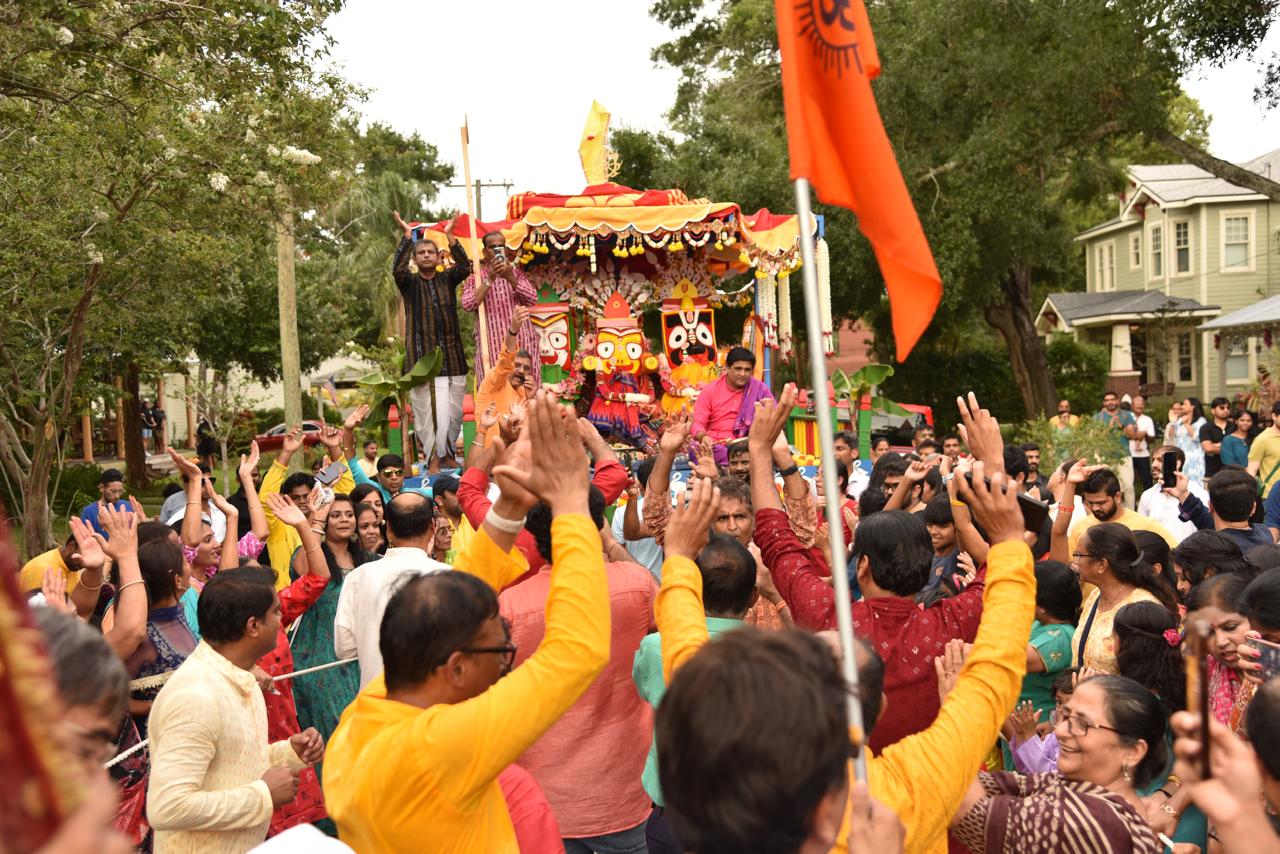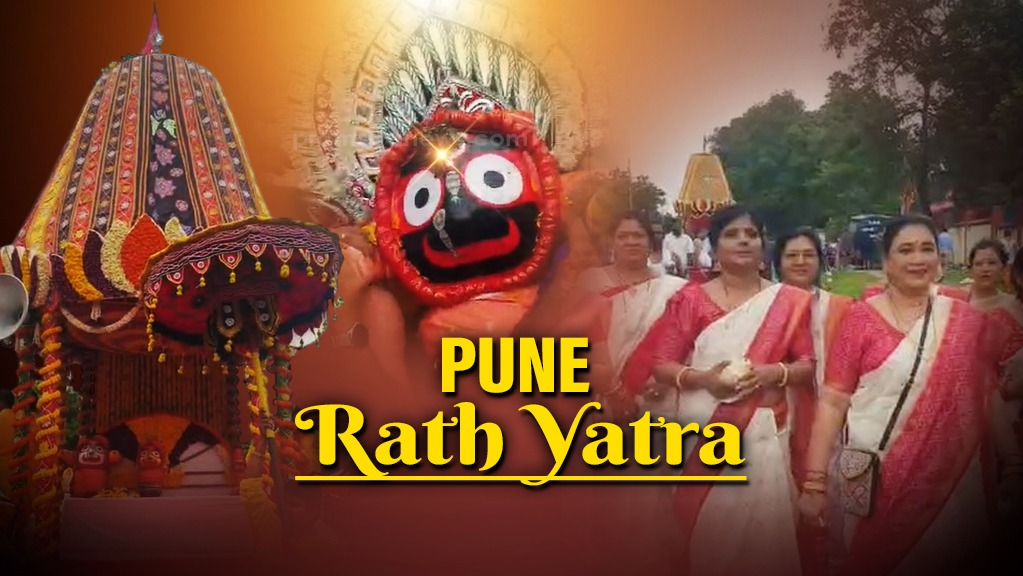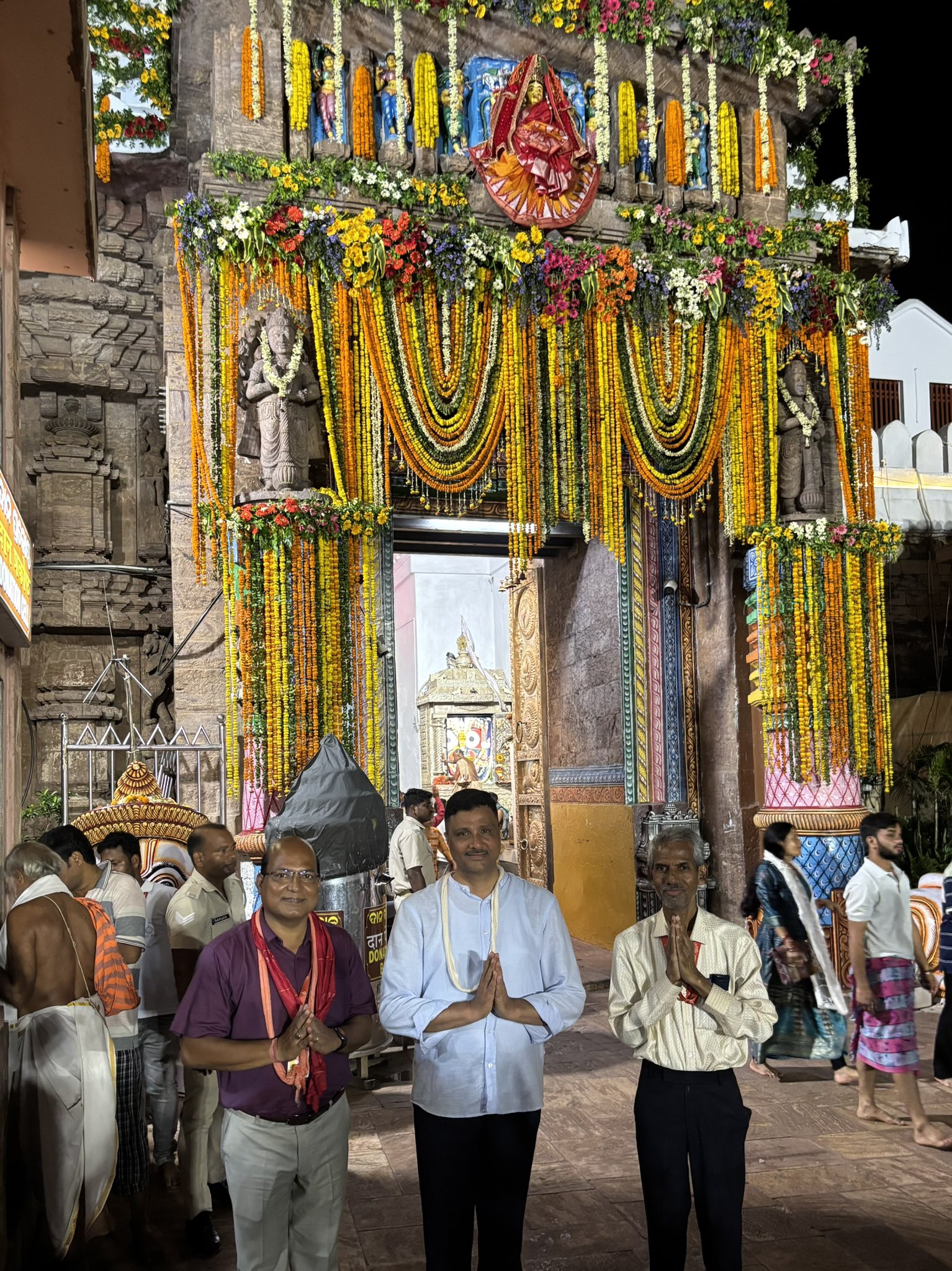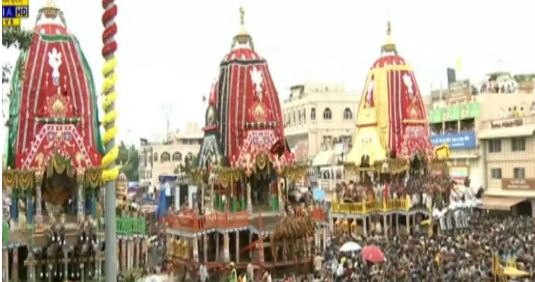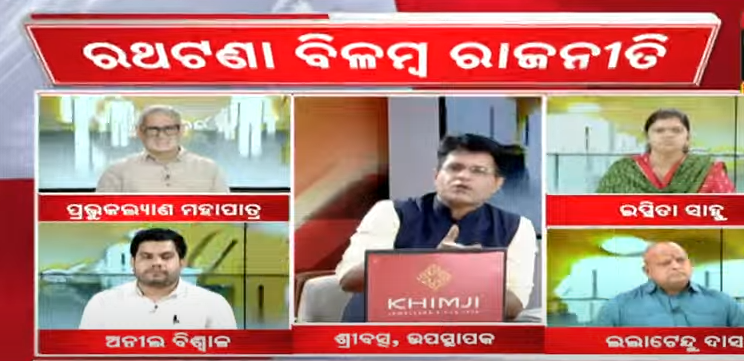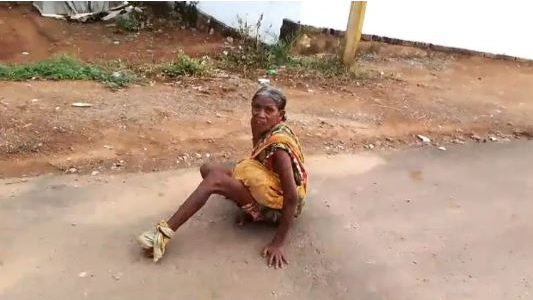Shravan first Monday: Know the significance
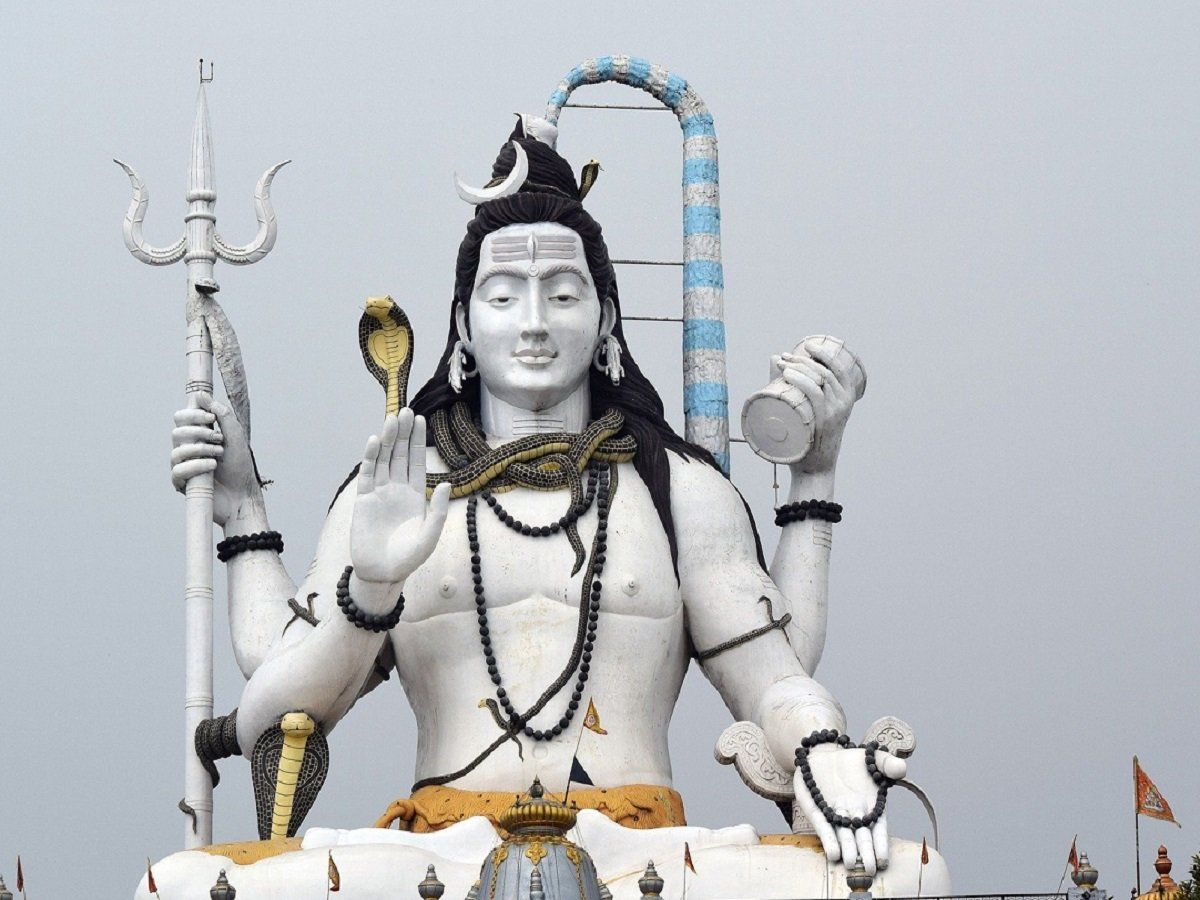
July 26: Shravan month, which begins from the first day of the full moon in late July and ends in the third week of August, holds special significance for Hindus. Hindus keep fasting during Shravan, abstaining from eating on Mondays to appease Lord Shiva. During this month, all the Mondays are considered to be highly auspicious for observing fast and are known as Shravan Somwar. Other auspicious days of Shravan month include Shravan Shivaratri and Hariyali Amavasya. Legend and mythology According to the Hindu scriptures, 'Samudra Manthan' or churning of the ocean happened in the month of Shravan, performed by Demons and Gods. During the great churning, 14 different rubies emerged from the ocean. From these 14 rubies, thirteen were divided among the demons and gods, while the 14th ruby, the poisonous Halahal, had the power to destroy the whole universe. {"id":126227,"width":752,"height":423,"sizeSlug":"large","linkDestination":"none"} Lord Shiva consumed the Halahal and stored it in his throat. The gemstone was so poisonous that it turned his throat blue, giving him the name Neelkantha. The Devas offered water from the holy Ganges to Lord Shiva to reduce the effects of the poison. Solah Somwar Significance Solah Somwar Vrats are observed for 16 Mondays, when devotees observe fast on all these Mondays. Monday is a day devoted to the worship of Lord Shiva. Mondays that fall in the Shravan month are called Shravan Somwar. There are four Mondays in the Shrawan month and many young and unmarried girls worship Lord Shiva on these Mondays. {"id":126226,"sizeSlug":"large","linkDestination":"none"} Kanwar Yatra The Kanwar Yatra, stretching over 100 km, also takes place during the holy Sravan month. In the annual pilgrimage, saffron-clad devotees of Shiva walk barefoot for long distances to fetch the holy Ganga water and carry it to their homes, to offer it to their local Shivalingas. From a small gathering, the yatra has grown to be one of India’s largest annual pilgrimages. {"id":126224,"sizeSlug":"large","linkDestination":"none"} Shravan Background According to Hindu Mythology, Lord Shiva had consumed the poison that came out of the ocean during the Samudra Manthan to save the world. As per popular belief, Lord Shiva held the venom in his throat, which turned blue as a result, that’s why Lord Shiva is known as Nilakantha. {"id":126225,"sizeSlug":"large","linkDestination":"none"} Hence, Shiva devotees perform puja during this time as an offering to Lord Shiva, to seek his blessings.
Latest News
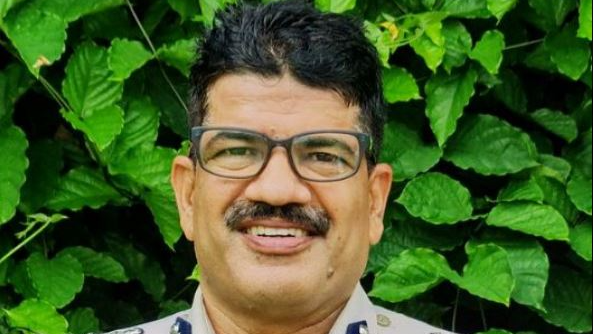
Odisha govt effects major IPS reshuffle, Sanje...
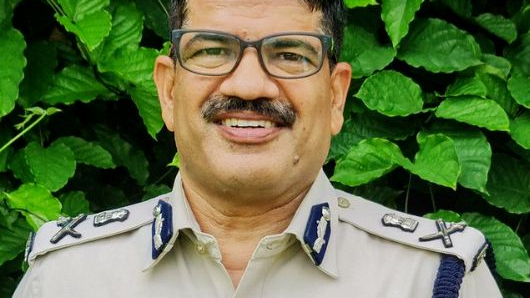
Odisha: IPS Sanjeeb Panda appointed as ADG, An...

‘Don’t Follow Godse’—Stalin Urges Tamil Nadu S...

Google Launches AI Mode in Search Across India...
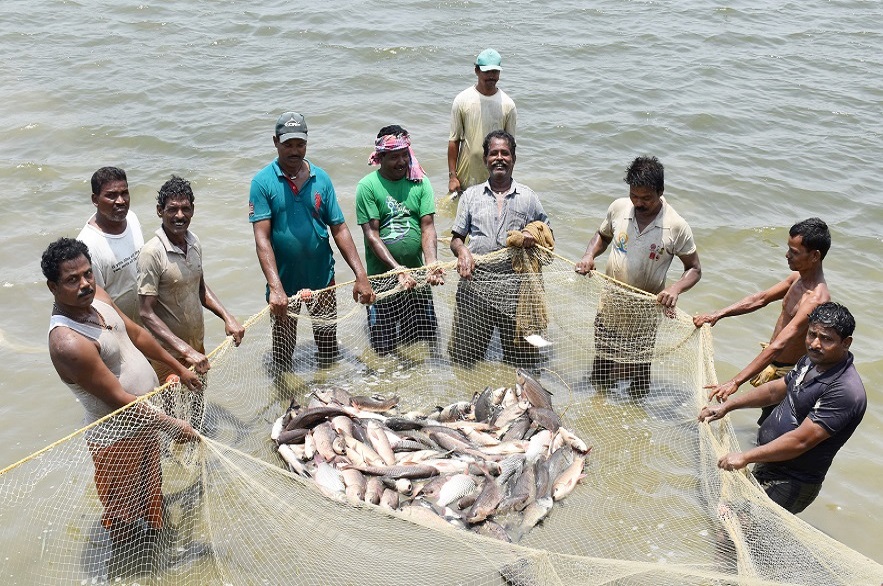
Bhubaneswar all set to host National Fish Farm...

Hirakud Dam closes four gates

Assault on BMC official: Odisha BJP Leader Jag...
Copyright © 2024 - Summa Real Media Private Limited. All Rights Reserved.







